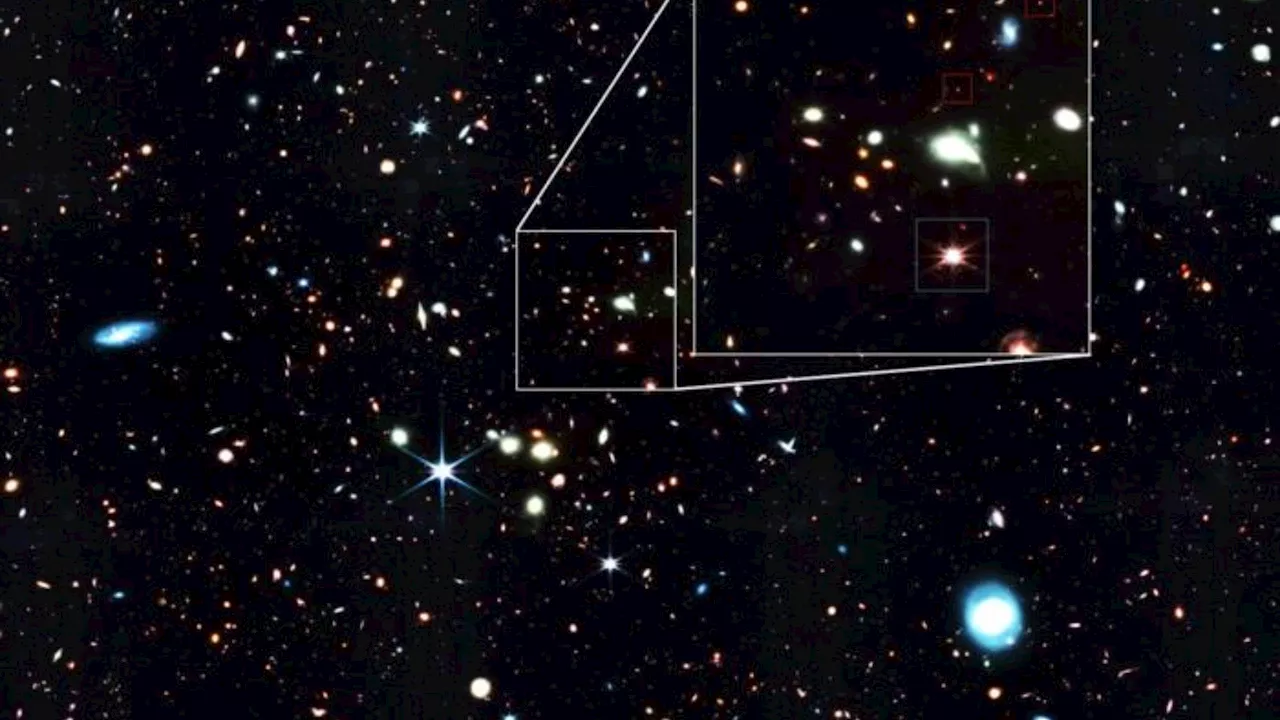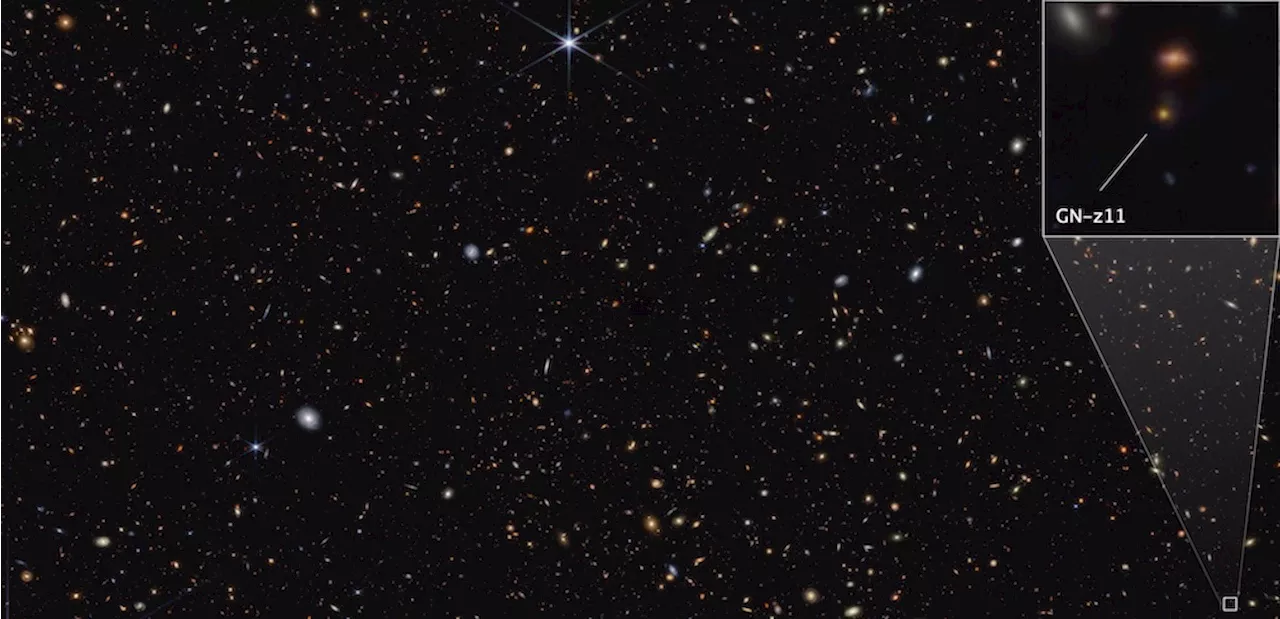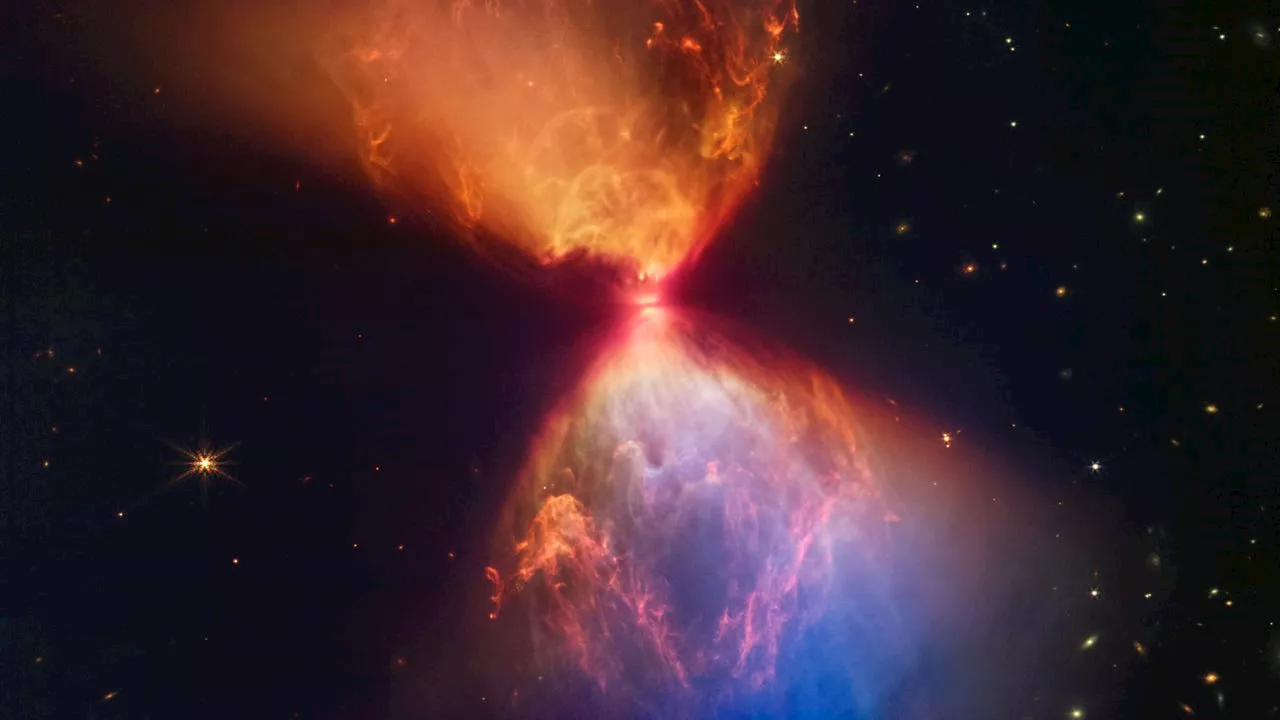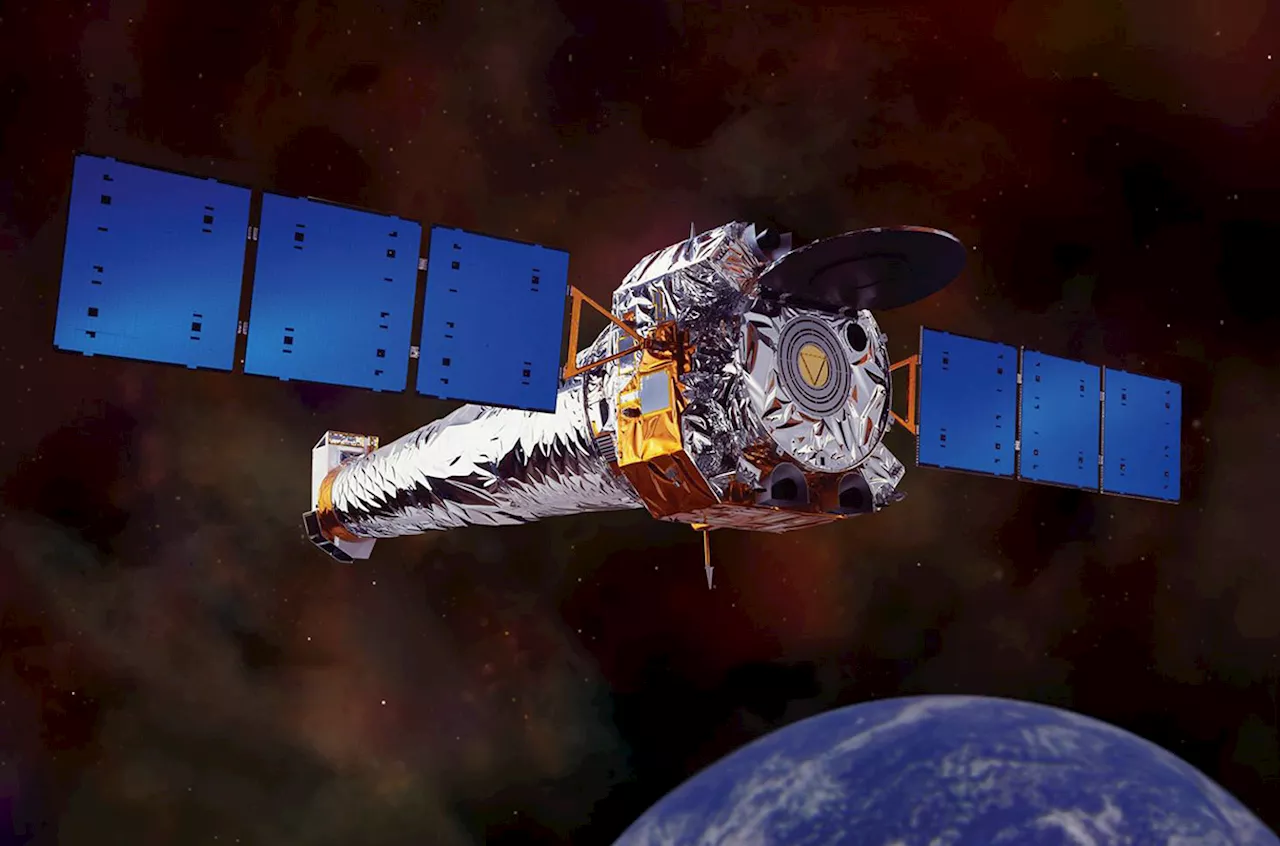Guessing your age might be a popular carnival game, but for astronomers it’s a real challenge to determine the ages of stars. Once a star like our Sun has
settled into steady nuclear fusion, or the mature phase of its life, it changes little for billions of years. One exception to that rule is the star’s rotation period – how quickly it spins. By measuring the rotation periods of hundreds of thousands of stars, NASA’sStars are born spinning rapidly. However, stars of our Sun’s mass or smaller will gradually slow down over billions of years.
This image of our Sun was taken in August 2012 by NASA’s Solar Dynamics Observatory. It shows a number of sunspots. Other stars also experience starspots, which cause the star’s observed brightness to vary as the spots rotate in and out of view. By measuring those changes in brightness, astronomers can infer the star’s rotation period.
A star can have dozens of spots scattered across its surface at any one time, causing irregular brightness fluctuations that make it difficult to tease out periodic signals of dimming due to the star’s rotation. This graph of data from the butterpy program shows how the observed brightness of a simulated star would vary over a single rotation period.
Stars & Black Holes Goddard Space Flight Center Heliophysics Missions Nancy Grace Roman Space Telescope Science & Research Solar Dynamics Observatory (SDO) Stars Sunspots TESS (Transiting Exoplanet Survey Satellite) The Solar System The Sun The Universe
United Kingdom Latest News, United Kingdom Headlines
Similar News:You can also read news stories similar to this one that we have collected from other news sources.
 NASA's Nancy Grace Roman telescope to survey the far side of the GalaxyThe upcoming Nancy Grace Roman telescope, named after NASA's inaugural chief astronomer, will conduct a systematic survey of the far side of the Milky Way, using its infrared capability to see through dust clouds. It is expected to discover billions of objects in just a month and will also enable direct observation of exoplanets and other infrared observations.
NASA's Nancy Grace Roman telescope to survey the far side of the GalaxyThe upcoming Nancy Grace Roman telescope, named after NASA's inaugural chief astronomer, will conduct a systematic survey of the far side of the Milky Way, using its infrared capability to see through dust clouds. It is expected to discover billions of objects in just a month and will also enable direct observation of exoplanets and other infrared observations.
Read more »
 ‘Little giants’: Baby supermassive black holes traced by NASA telescopeLearn about the incredible finding by the James Webb Space Telescope: small versions of extremely massive black holes in the distant universe.
‘Little giants’: Baby supermassive black holes traced by NASA telescopeLearn about the incredible finding by the James Webb Space Telescope: small versions of extremely massive black holes in the distant universe.
Read more »
 The Latest Mesmerizing Images from NASA's James Webb Space TelescopeWant to see the latest JWST images? The most recent image features the furthest known galaxy and black hole.
The Latest Mesmerizing Images from NASA's James Webb Space TelescopeWant to see the latest JWST images? The most recent image features the furthest known galaxy and black hole.
Read more »
 NASA Webb Telescope captures distant star-forming regionThe James Webb Space Telescope captured two new images of a star-forming region millions of lightyears away from Earth.
NASA Webb Telescope captures distant star-forming regionThe James Webb Space Telescope captured two new images of a star-forming region millions of lightyears away from Earth.
Read more »
 See images from NASA’s James Webb Space Telescope in new IMAX documentaryThe documentary “Deep Sky” will be in select IMAX theaters across the country in April. Here’s how you can see it.
See images from NASA’s James Webb Space Telescope in new IMAX documentaryThe documentary “Deep Sky” will be in select IMAX theaters across the country in April. Here’s how you can see it.
Read more »
 NASA’s x-ray telescope faces a long goodbyeLayoffs loom as budget slashed for the Chandra X-Ray Observatory
NASA’s x-ray telescope faces a long goodbyeLayoffs loom as budget slashed for the Chandra X-Ray Observatory
Read more »
